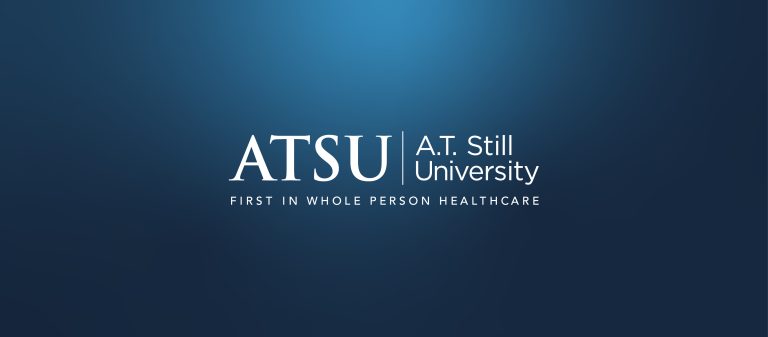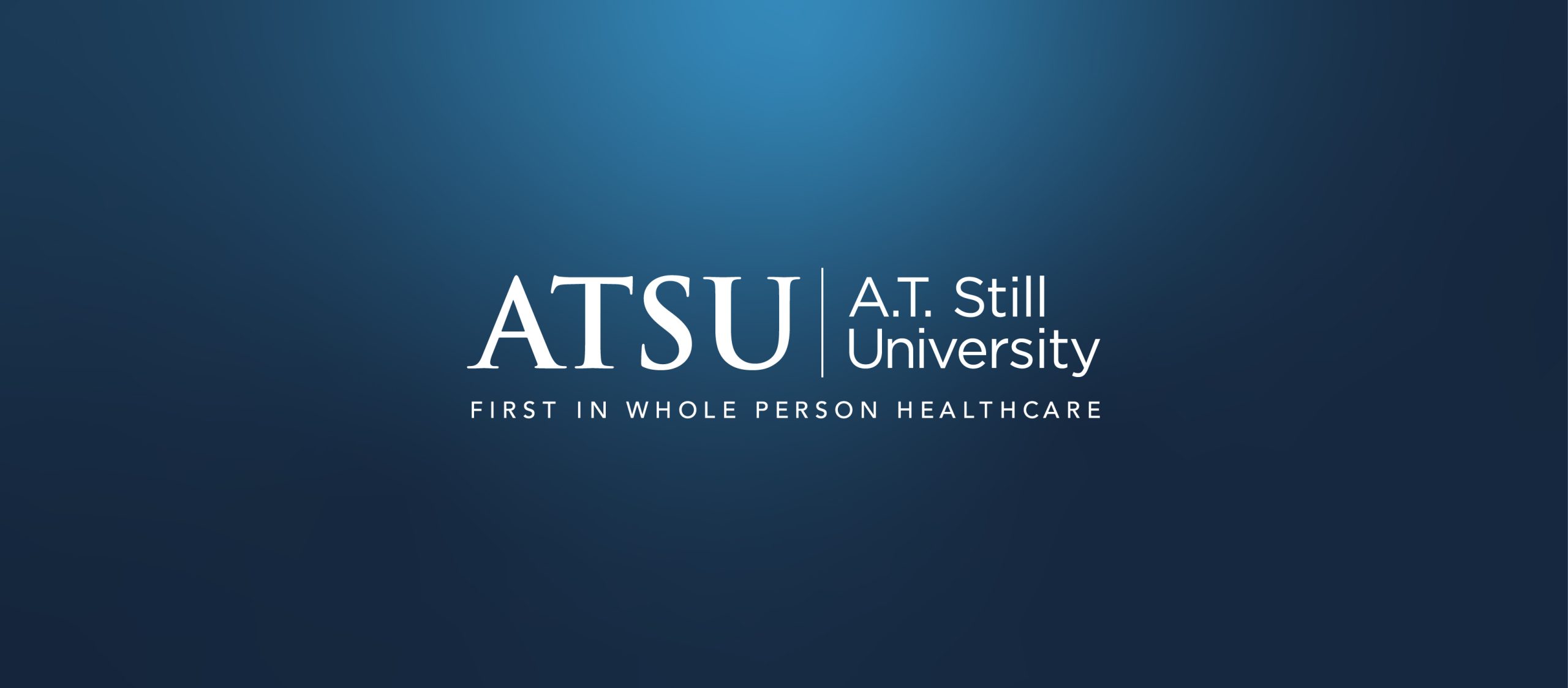Fostering a research environment in Northeast Missouri
Posted: September 11, 2009
Two universities collaborate on inaugural research symposium
KIRKSVILLE, Mo. – In an exciting new collaboration, the A.T. Still Research Institute (SRI) at A.T. Still University (ATSU) has partnered with Truman State University in Kirksville, MO., to host the first Interdisciplinary Biomedical Research Symposium. The symposium, to be held from 8 a.m. to 1:30 p.m., September 26, at ATSU’s Kirksville College of Osteopathic Medicine (KCOM), will set the foundation for more interdisciplinary biomedical research between the ATSU and Truman campuses and beyond.
“The purpose of this event is to expand and support the research culture at both campuses,” said Neil Sargentini, Ph.D., microbiology/immunology chair at KCOM and chair of the symposium program committee. “Our goals are to identify new areas of biomedical research that potentially will lead to advances in total person healthcare and wellness and to identify local resources and opportunities for research.”
Symposium agenda
A full schedule of activities is slated for the symposium, including oral and poster presentations on research resources and accomplishments by ATSU and Truman faculty and students; panel discussions on human research, animal models, and student research opportunities; and a keynote presentation by President and CEO of Health Sciences South Carolina Jay Moskowitz, Ph.D.
Dr. Moskowitz will bring his vast experience in working through federal, state, and foundation systems to develop programs that facilitate research programs and careers of emerging basic science and physician investigators. He has served as a member of SRI’s External Board of Scientific Counselors since SRI’s inception in 2001.
“Because of his experience, Dr. Moskowitz will be able to present insightful information on how to link independent campus research and research groups into a collaborative research network,” said Brian Degenhardt, D.O., SRI director and assistant vice president for osteopathic research. “He will present the challenges and barriers that he has experienced in establishing research programs and what resolutions were developed to overcome these challenges.”
Biomedical research
Research topics to be covered at the symposium include a combination of observational, clinical, and mechanistic studies. These areas of focus were specifically chosen because they are strategic areas of research for SRI, are consistent with areas of research routinely supported at the National Institutes of Health (NIH), and are fundamental to the scientific process.
“Observational studies, a subset of clinical studies, provide evidence to support broader, more rigorous and expensive prospective, randomized, and double blinded studies,” explained Dr. Degenhardt. “Clinical studies tend to have the greatest relevance for the practice of medicine although they can be more challenging to perform than research on animals. Mechanistic studies are necessary to advance the understanding of the physiologic mechanisms underlying the effects seen in clinical studies.”
Faculty and student researchers will present topics from these three areas at the symposium.
Importance of collaboration
Planning for the inaugural symposium began more than a year ago by a committee consisting of representatives from Truman, ATSU, and SRI. Facilitating a strong research environment is a priority at ATSU, particularly in areas that promote osteopathic principles, study the aging process, and that help people live healthier, longer lives.
“Both universities take this common goal seriously,” said Dr. Degenhardt. “This conference is intended to facilitate each campus’ research activity by identifying common areas of interest between professors with different yet complementary skill sets particularly in areas that have the potential of influencing future medical care.
“By partnering with other educational institutions such as Truman State University and providing a platform at a public event, we encourage researchers to present their research and to talk about research interests and resources,” he said.
The NIH has also recently made interdisciplinary research a priority. “Collaborative, interdisciplinary research expands the view of a single discipline to a broader, potentially more holistic view of the questions being asked within the scientific field,” said Dr. Sargentini. “Outcomes from this type of research should better support healthcare that is consistent with osteopathic principles.”
Looking to the future
The program committee anticipates establishing the symposium as an annual event to include both ATSU’s Missouri and Arizona campuses as well as Truman State University. So far, the committee has received interest from new and active faculty and student researchers.
“There is also the possibility, in a few years, of expanding the event to target a national researcher audience,” said Dr. Degenhardt. This means continuing to include other research institutions in the collaborative process.
To learn more about the symposium, visit www.atsu.edu/research/conferences_seminars.
